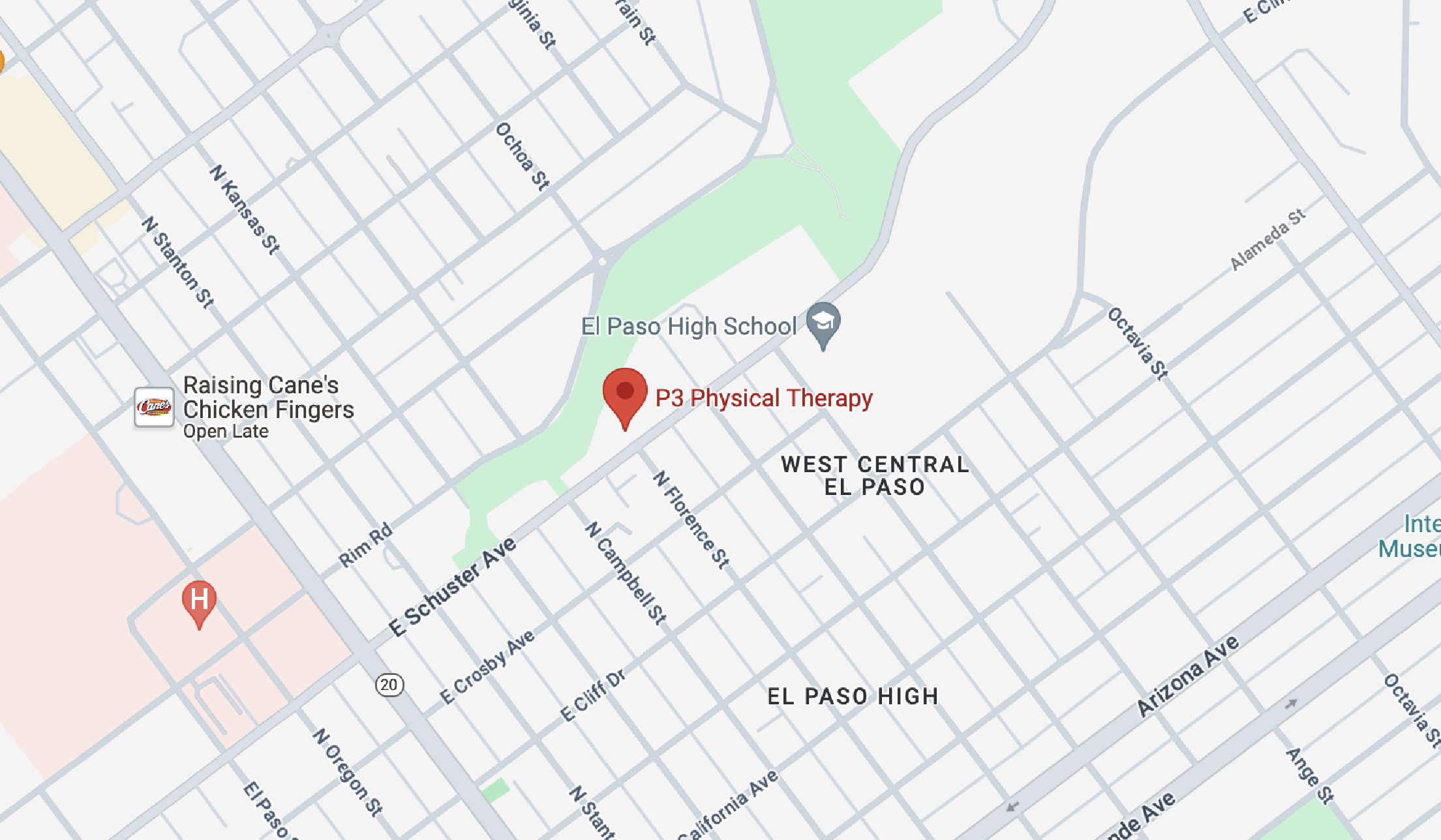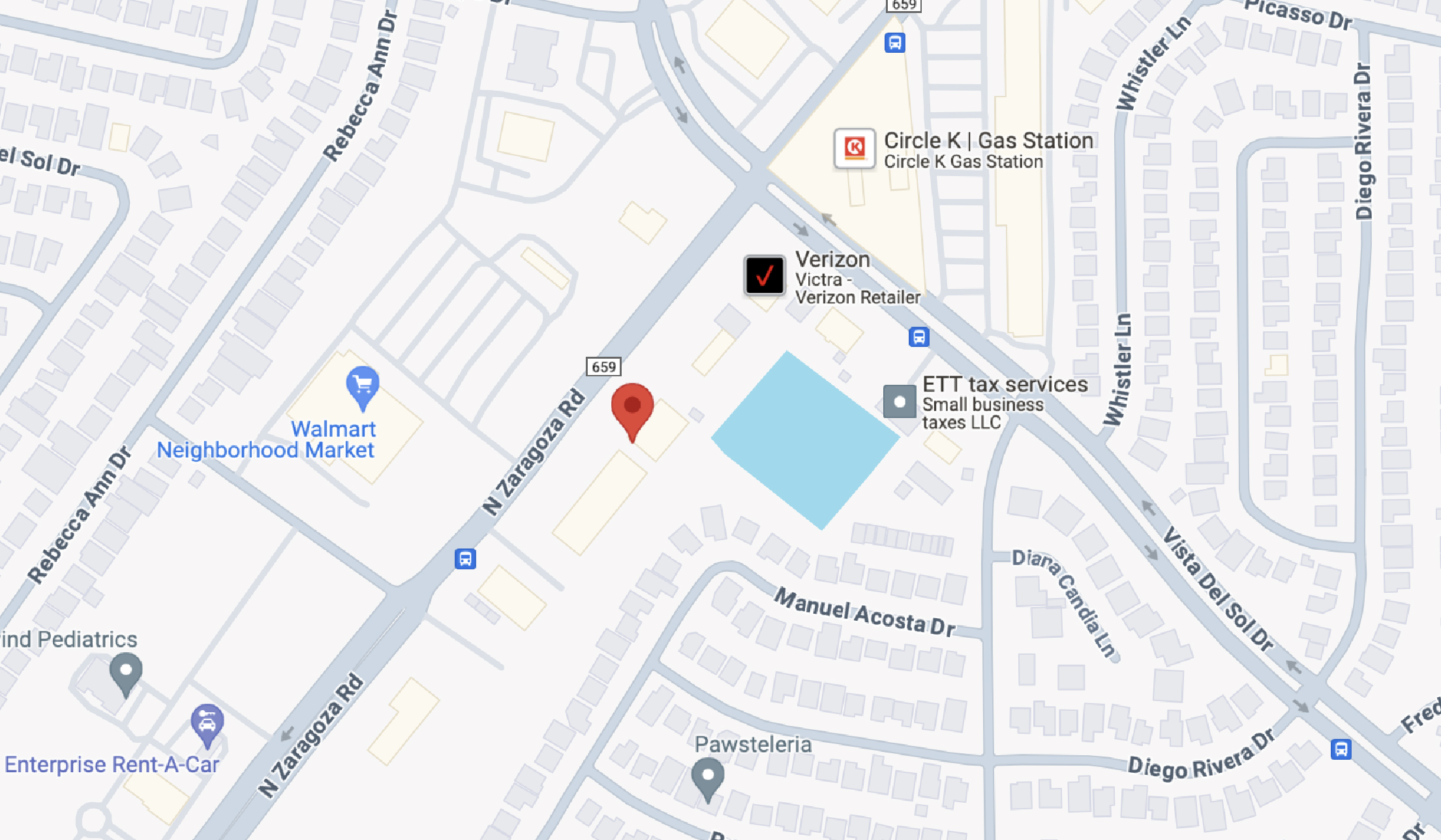
One of the most successful treatment approaches to fibromyalgia is effective physical therapy. The symptoms of this condition, if gone untreated, can cause considerable disruption to people’s quality of life; it causes people to experience broad and persistent chronic pain and fatigue. This is why physical therapists across the country are learning more about it and making strides to providing relief for people who suffer from it.
Fibromyalgia: A Deeper Understanding
People may erroneously think of the condition as a type of arthritis or inflammation of the joints, but fibromyalgia is concentrated in the muscle. Let’s break down the term fibromyalgia. It points to “fibro” or fibrous tissue, “my” or “myo” refers to muscle and “algia” which means pain.
The pain associated with this condition seems to be a kind of idiopathic or central pain, as sufferers tend to report a widespread chronic pain that often concentrates in certain areas. There also appears to be a prevalence of the condition in females and the age group affected appears to be patients between 30 and 49.
As mentioned above, the precise cause is yet to be determined but several theories and patterns exist among people that show the symptoms. People with other chronic conditions like rheumatoid arthritis, systemic lupus erythematosus are likely to develop fibromyalgia.
Treating the Pain Associated with this Mysterious Ailment
As the American Physical Therapy Association writes, fibromyalgia is suspected to be associated with changes in how the nervous system processes pain in response to trauma, surgery, infection, arthritis, or significant emotional stress or stressors. Symptoms may also develop slowly over time as a response to one of the above.
Because the condition tends to produce constant and chronic pain, people can be greatly affected and want to turn to opioids as a form of pain management. Physical therapists seek to educate and raise awareness about the successes that physical therapy has against this condition in an attempt to dissuade people from depending too highly on opioids to treat their pain.
Pain treatment is one of physical therapy’s main targets and part of what clinicians help patients combat every day. Chronic pain can be especially evasive and frustrating for patients. Fibromyalgia is a complex syndrome that has several different factors and symptoms. Some of these include:
- Widespread pain
- Pain spots or tender points on your head, neck, chest, shoulders, his, or knees that are tender to the touch.
- Fatigue
- Problems sleeping
- Pain in the jaw
- Numbness or tingling
- Headache
Physical Therapy for Fibromyalgia Patients
A physical therapist can take several approaches to help patients with this condition. First, they will make an assessment and physical test to get a sense of pain points and general musculoskeletal movement. This helps your PT understand and manage your pain, reduce your fatigue, and improve your function or quality of life.
Regular and moderate exercise plays an important role in the managing of chronic pain and conditions like fibromyalgia. Losing weight and body fat can be a good way to help with some of the discomforts as well. A physical therapist will design a program to help improve your condition and will use a combination of the following:
- Aerobic conditioning
- Aquatic exercise
- Stretching
- Manual therapy
Improving Range of Motion
Moving more can be a great way to manage chronic pain. Although the activity itself may seem painful to patients at first, the consequences of not moving can be greater. There may be manual therapy techniques that a therapist can use in order to help joints regain motion and strength.
Other Treatment Options With Physical Therapy
A PT has several tools and options at their disposal. Using one or all of these in conjunction with an individualized physical therapy plan can yield effective results for those suffering from chronic pain.
For example:
- A physical therapist might use pressure on specific areas of the muscle. They can help you stretch and construct the muscle to build mobility, strength, and flexibility. These techniques release pressure, help with inflammation and thus help reduce pain.
- In some instances, PTs may see that dry needling would be an effective treatment. Dry needling is a method that uses tiny wire-like needles inserted in the trouble spot to help release pressure. It is specifically designed to help with the treatment of movement impairments and pain. It targets trigger points, which are knotted up bands of skeletal muscle within a larger muscle group.
- Electrical stimulation might also be used to reduce pain. It is effective in stimulating muscles that may feel problematic during movement. Some people report good outcomes when using this method.
Your physical therapist will also work alongside or in conjunction with other physicians, like your primary care physician or endocrinologist, to help tackle the problem from different directions in a concerted effort.
Suffering From Chronic Pain Due to Fibromyalgia?
If you suffer from chronic pain, you don’t have to. There are options out there and physical therapists help mitigate pain and return you to an active lifestyle. Call P3 Physical Therapy or ask your doctor about physical therapy to help treat your current condition.
Other Sources:
Hoppenfeld, J. D. (2014). Fundamentals of Pain Medicine : How to Diagnose and Treat Your Patients. Wolters Kluwer Health.


